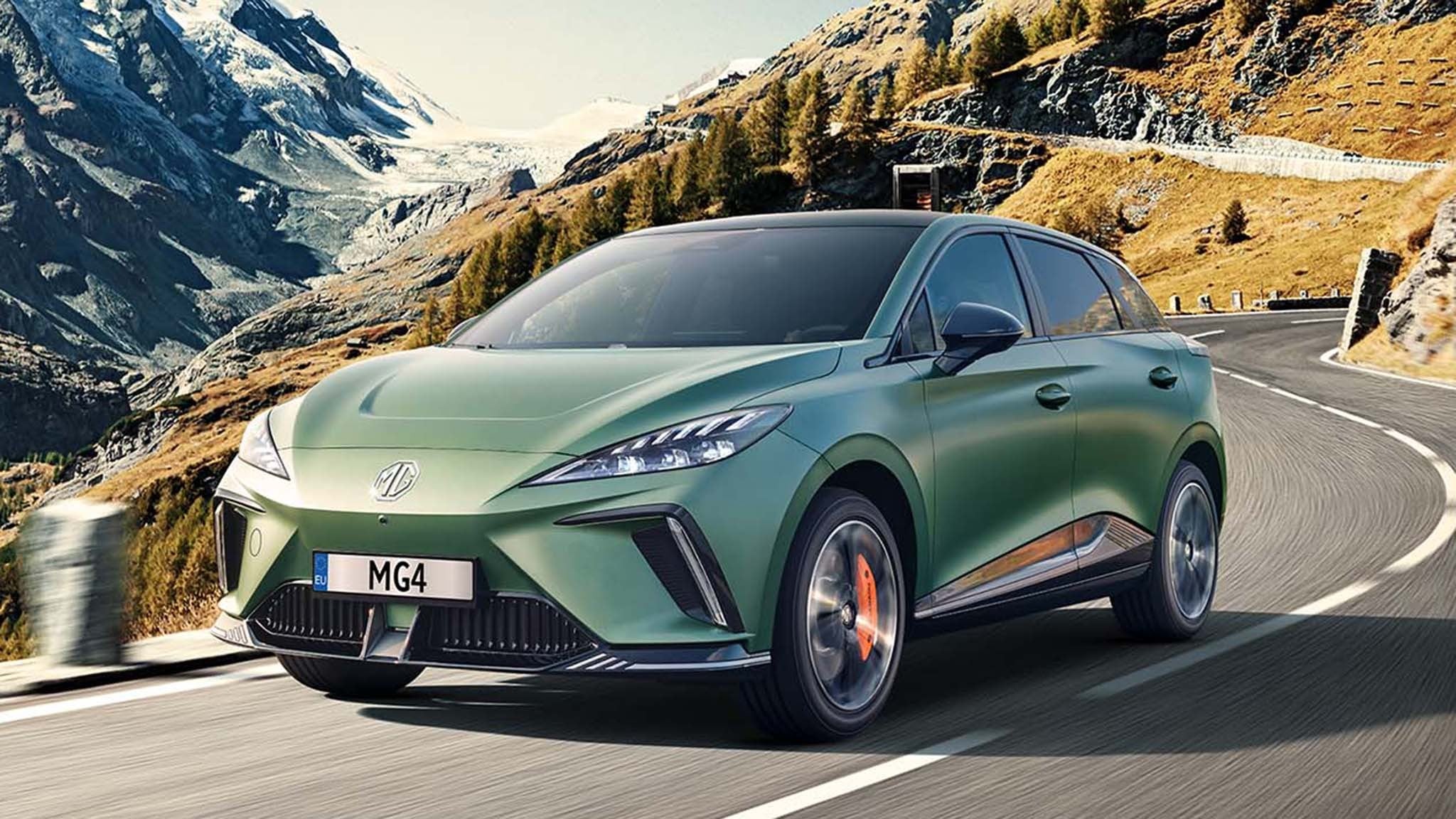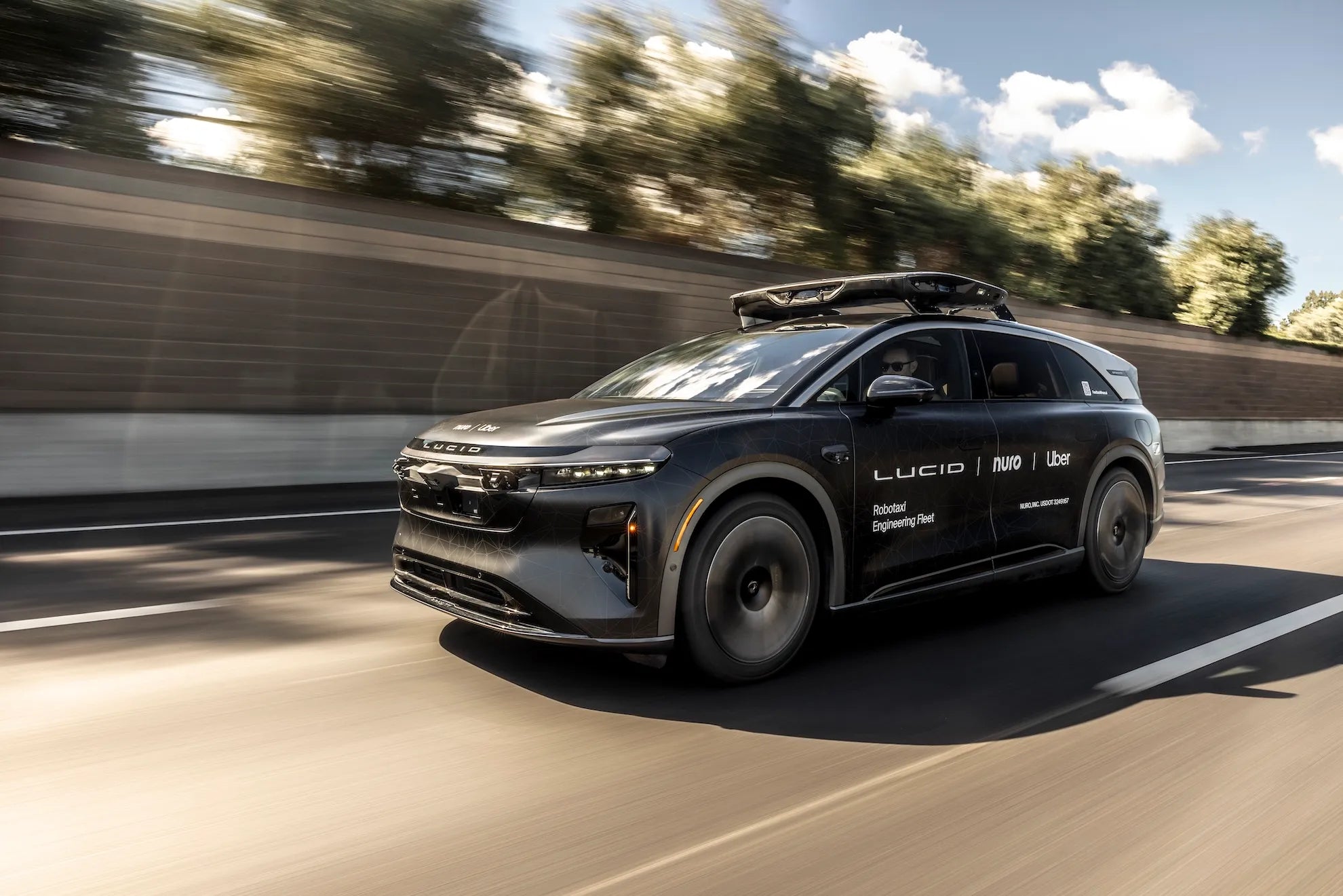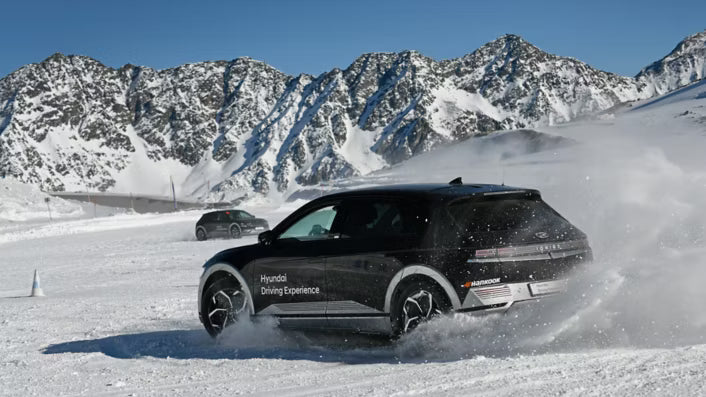A Breakthrough in EV Battery Technology
The MG4 has officially become the first mass-produced electric vehicle to be approved for sale with a semi-solid-state battery. China’s Ministry of Industry and Information Technology (MIIT) included the model in its latest sales clearance list, marking a key step toward broader adoption of the technology.

Launch Timeline and Pricing
SAIC Motor opened pre-orders for the updated MG4 earlier this month starting at 73,800 yuan ($10,000). Pricing for the semi-solid-state version will be announced in September, with deliveries expected by the end of 2025.
Battery and Performance
The new variant keeps the same 120 kW (161 hp) single front-mounted motor as other MG4 models but replaces the lithium iron phosphate (LFP) battery with a manganese-based lithium-ion pack. This advanced battery is made by Suzhou Qingtao Power Technology, a leader in solid-state EV battery production.
Features and Options
Buyers can choose from four trims—Comfort, Ease, Freedom, and Smart—with existing battery pack options of 42.8 kWh (437 km / 272 miles CLTC range) and 53.9 kWh (530 km / 330 miles CLTC range). Optional features include:
-
360-degree camera
-
Front and rear parking radars
-
Distinctive front badging
-
Tinted roof and privacy glass

Design and Interior
The MG4 measures 4,395 mm long, 1,842 mm wide, and 1,551 mm tall, with a 2,750 mm wheelbase—slightly larger than the BYD Dolphin. Inside, it is expected to feature the 15.6-inch floating infotainment display and smart tech found in other MG4 models.
Global First
SAIC MG says the semi-solid-state MG4 will be the first mass-produced EV of its kind to launch globally. Full specifications, including range and capacity, will be revealed in September.
Recommend Reading: Changan’s 930-Mile EV Sets New Benchmark — Is Tesla Losing Its Edge?








Share:
Best EV Lease Deals and Financing Offers in August 2025
Ford Targets $30,000 Electric Truck with New Universal EV Platform